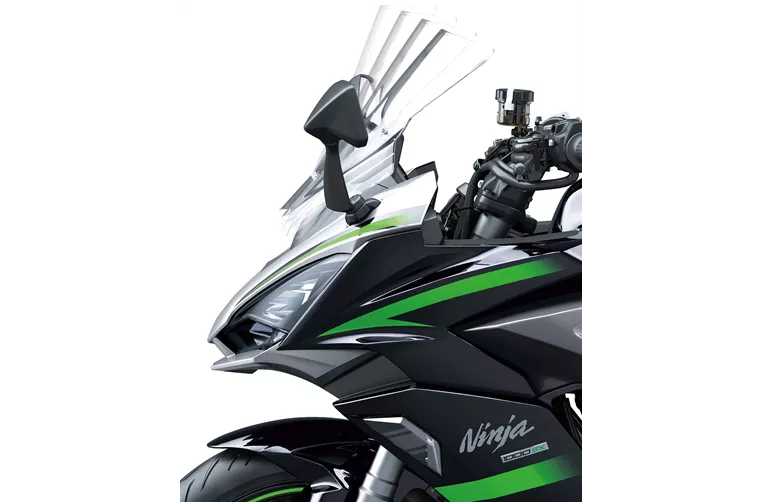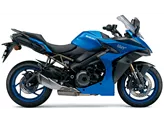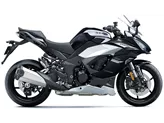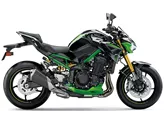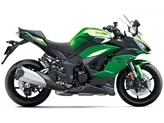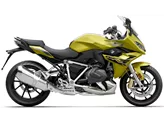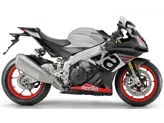Kawasaki Z1000 2014 vs. Kawasaki Ninja 1000SX 2020

Kawasaki Z1000 2014
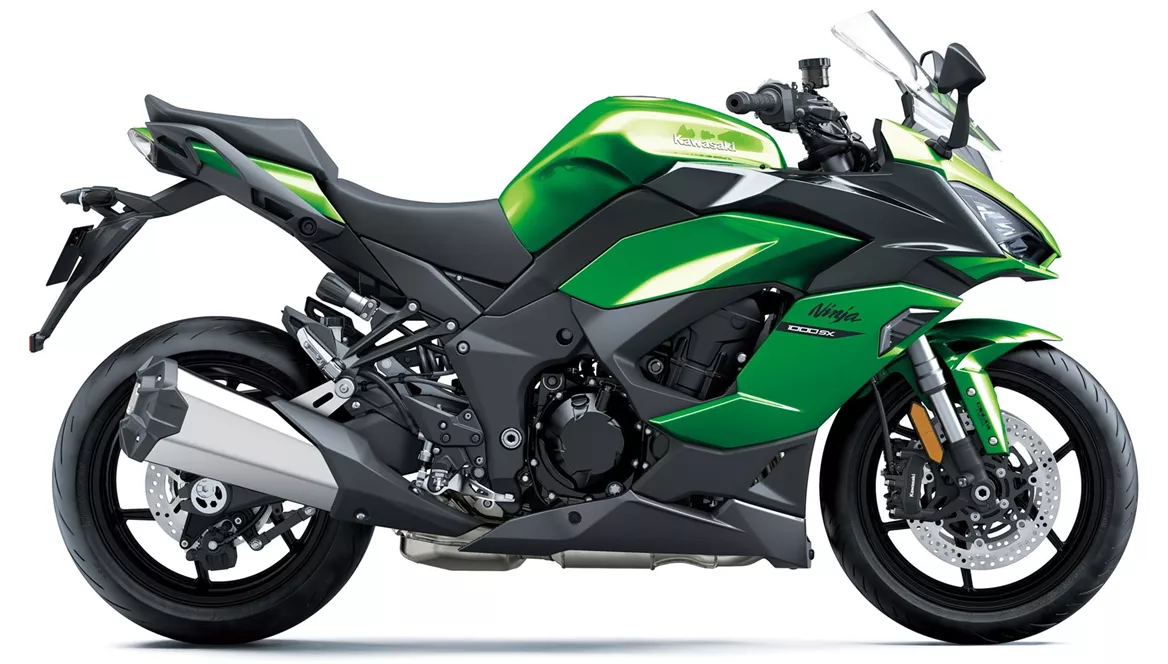
Kawasaki Ninja 1000SX 2020
Overview - Kawasaki Z1000 2014 vs Kawasaki Ninja 1000SX 2020
The Kawasaki Z1000 2014 and the Kawasaki Ninja 1000SX 2020 are both powerful motorcycles with similar technical specifications. They both have an in-line, 4-cylinder engine with a displacement of 1043cc, producing 142 horsepower and 111 Nm of torque. The engine is cooled by liquid and is mated to a chain transmission.
In terms of suspension, both bikes feature upside-down telescopic forks at the front with adjustable compression, preload, and rebound settings. The rear suspension also has adjustable compression, preload, and rebound. The chassis of both bikes is made of aluminum, providing a lightweight and sturdy frame.
The braking system on both motorcycles consists of double disc brakes at the front with four-piston calipers. The front brakes also feature radial technology and petal discs, ensuring efficient and reliable stopping power.

Kawasaki Z1000 2014
In terms of dimensions and weights, both bikes have a front tire width of 120mm and a rear tire width of 190mm, with both tires having a diameter of 17 inches. The wheelbase of the Z1000 2014 is slightly shorter at 1435mm compared to the Ninja 1000SX 2020's 1440mm. The seat height of the Z1000 2014 is 815mm, while the Ninja 1000SX 2020 has a slightly higher seat height of 834.98mm. The fuel tank capacity of the Z1000 2014 is 15 liters, while the Ninja 1000SX 2020 has a larger fuel tank capacity of 19 liters.
Now, let's discuss the strengths of each motorcycle. The Kawasaki Z1000 2014 has a sophisticated design that stands out on the road. It offers extremely pleasant handling, allowing riders to maneuver easily in various riding conditions. The bike also produces a pleasant sound, adding to the overall riding experience. Additionally, the Z1000 2014 is equipped with good brakes, ensuring safe and reliable stopping power.
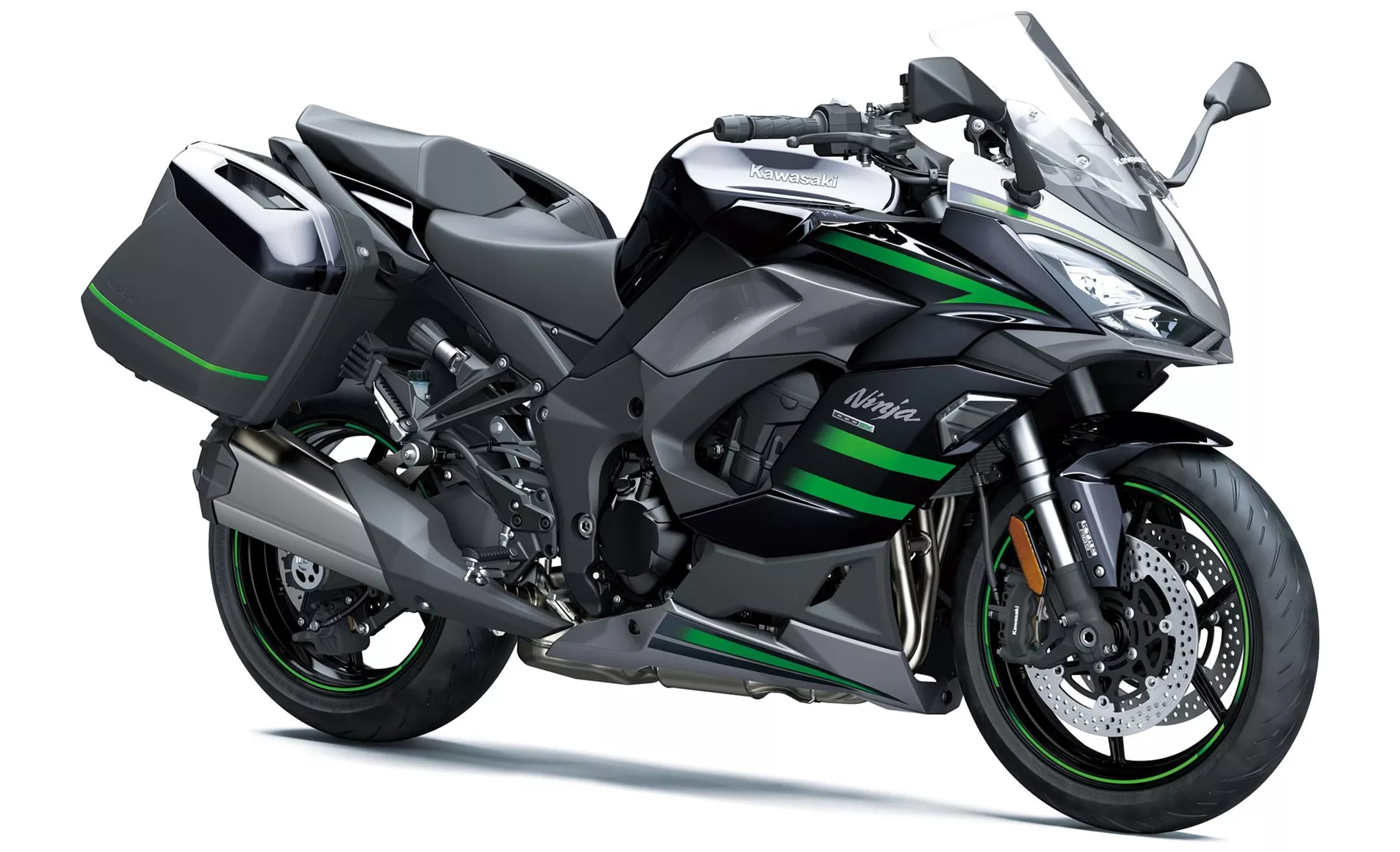
Kawasaki Ninja 1000SX 2020
On the other hand, the Kawasaki Ninja 1000SX 2020 has a refined and powerful engine that delivers exhilarating performance. It offers balanced handling, allowing riders to confidently navigate corners and curves. The bike features a comfortable chassis, providing a smooth and enjoyable ride. The seating position is sufficiently comfortable for long rides, and the modern looks of the bike make it visually appealing. The Ninja 1000SX 2020 also comes with good brakes, LED lights all around, a color TFT display, and cruise control as standard features, enhancing convenience and safety.
However, there are also some weaknesses to consider. The Kawasaki Z1000 2014 has a high purchase price compared to the S1000R, which may be a drawback for some potential buyers. On the other hand, the Ninja 1000SX 2020 has a windshield that can be adjusted without tools, but it requires the use of both hands, which may be inconvenient for some riders.
In conclusion, both the Kawasaki Z1000 2014 and the Kawasaki Ninja 1000SX 2020 are impressive motorcycles with similar technical specifications. They offer powerful engines, advanced suspension systems, and reliable braking capabilities. However, the Ninja 1000SX 2020 has some additional features such as cruise control, LED lights, and a color TFT display, making it a more modern and convenient option. Ultimately, the choice between the two models will depend on individual preferences and priorities.
Technical Specifications Kawasaki Z1000 2014 compared to Kawasaki Ninja 1000SX 2020
Pros and Cons in comparison
Pros and Cons in comparison
Kawasaki Z1000 2014

The Kawasaki Z1000 (2014) is a statement against the electronic trend of its time - and that is exactly what makes it special today. Its characterful four-cylinder engine, mechanical directness and uncompromising focus on the essentials strike a chord in a time when many bikes have become rolling computers. Yes, it does without modern Advanced Rider Assistance Systems and perfect wind protection. But it offers an authentic naked bike riding experience, paired with Japanese reliability and reasonable maintenance costs. The Z1000 is not a bike for data sheet junkies or electronics fans - it is a bike for people who still want to make their own decisions when rider. An honest bike with character that continues to inspire even after years and more than fulfils its role as an emotional alternative to the digital modern age.
Read the full article on 1000PS.com
Kawasaki Ninja 1000SX 2020
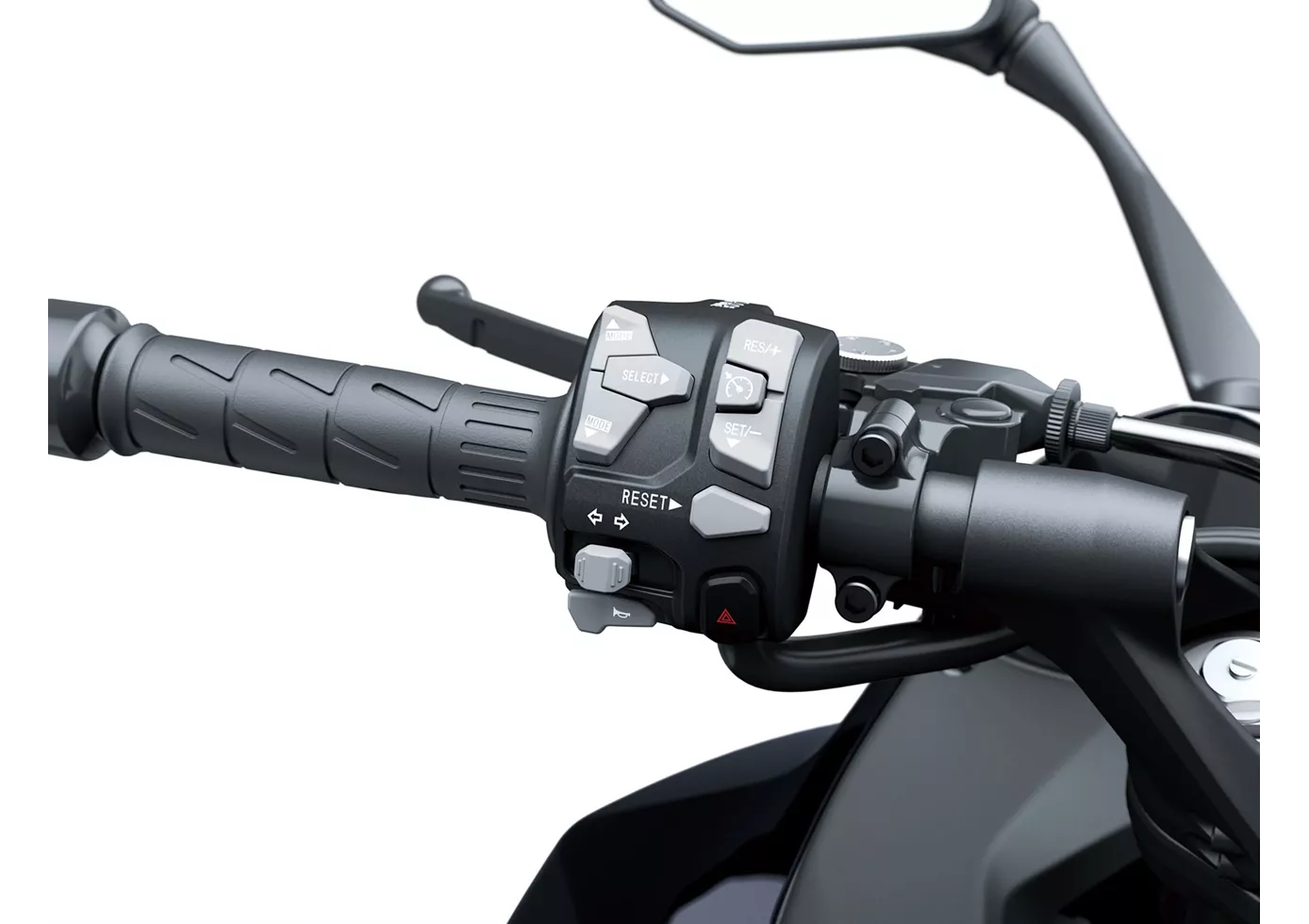
The Kawasaki Ninja 1000SX is more evolution than revolution - but what is the point of reinventing everything in a balanced sports tourer? But the new name is definitely justified, with the many new features made possible by the Ride-by-Wire system, among others, the sports tourer is absolutely up to date. Cornering ABS, modern traction control and riding modes provide safety and adjustment options to personal preferences, the shift assistant favours sport as well as touring. What's more, the price is hot (at least in Austria)!
Price Comparison Avarage Market Price Kawasaki Z1000 vs Kawasaki Ninja 1000SX
There are a few key differences between a Kawasaki Z1000 2014 and a Kawasaki Ninja 1000SX 2020. In terms of price, the actual average price of a Kawasaki Ninja 1000SX 2020 is about 27% higher. Compared to Kawasaki Ninja 1000SX 2020 there are more Kawasaki Z1000 2014 bikes available on the 1000PS.de Marketplace, specifically 12 compared to 10. It takes less time to sell a Kawasaki Z1000 with 75 days compared to 83 days for a Kawasaki Ninja 1000SX. Since model year 2005 1000PS.de editors have written 41 reviews for the Kawasaki Z1000 and 13 reviews for the Kawasaki Ninja 1000SX since model year 2020. The first review for the Kawasaki Z1000 was published on 02/09/2002 and now has more than 5,800 views. This compares to more than 40,500 views for the first review on Kawasaki Ninja 1000SX published on 05/11/2019.

